| Size | Trade Gallons, Two Gallons, Three Gallons |
|---|
Corylus americana – American Hazelnut (B&B.CVR.FC.FRT.H.M)
$25.00
Ecosystem Services:
(B)-Birds (B&B)-Birds & Butterflies
(BTF)-Butterflies (BW)-Black Walnut Resistant
(DR)-Deer Resistant (DRGHT)-Drought Resistant
(EC)-Erosion Control (EVR)-Evergreen
(FC)-Fall Color (FRG)-Fragrant
(GRD)-Groundcover (H)-Host plant
(HMR)-Hummingbirds (M)-Mammals
(MTH)-Moths (N)-Nectar
(NB)-Native Bees (NST)-Nesting Material
(OP)-Other pollinators (RR)-Rabbit Resistant
(SHWY)-Showy (SPC)-Specimen Plant
Cultivated in the US since the late 1700s, the common name is derived from ‘hazel,’ which is an old English name for filbert. Hazelnut is a suckering, native deciduous shrub in the Betulaceae family that may grow 9 to 12 feet tall. It can be found naturally in rocky woodlands, forests, hillsides, pastures, and thickets. Its leaves are alternate with a double-toothed margin and hairy stem. The bark is gray-brown and smooth with a crisscross netted pattern. Its light brown male flowers and red female stigma and styles mature in early spring.
This medium to fast-growing plant can increase in height from 13-24″ annually. It has one central stem and will send up many auxiliary stems from the root system.
The shrub produces a 1/2-inch brown nut enclosed in a hairy, leaf-like husk with ragged edges. The nuts are edible at maturity in the fall, typically from September to October. The nuts are typically produced on 2-3-year-old and older plants. The plant should be grown in full sun for the best nut production. Harvesting can be done while the husks are still green. Once they turn tan, competition with the local wildlife will increase.
Pruning can be done year-round. Spreading in the form of suckers from the roots should be thinned out to prevent or reduce thickets.
The female will produce red flowers, while the male will have yellowish-brown catkins. Catkins are pollen-bearing clusters of long anthers that hang from the branches. They can be on the same plant; however, they are not self-fertile. Planting should be done in multiples to ensure that cross-pollination takes place.
Host plant for the Saturniidae moths.
Only logged in customers who have purchased this product may leave a review.

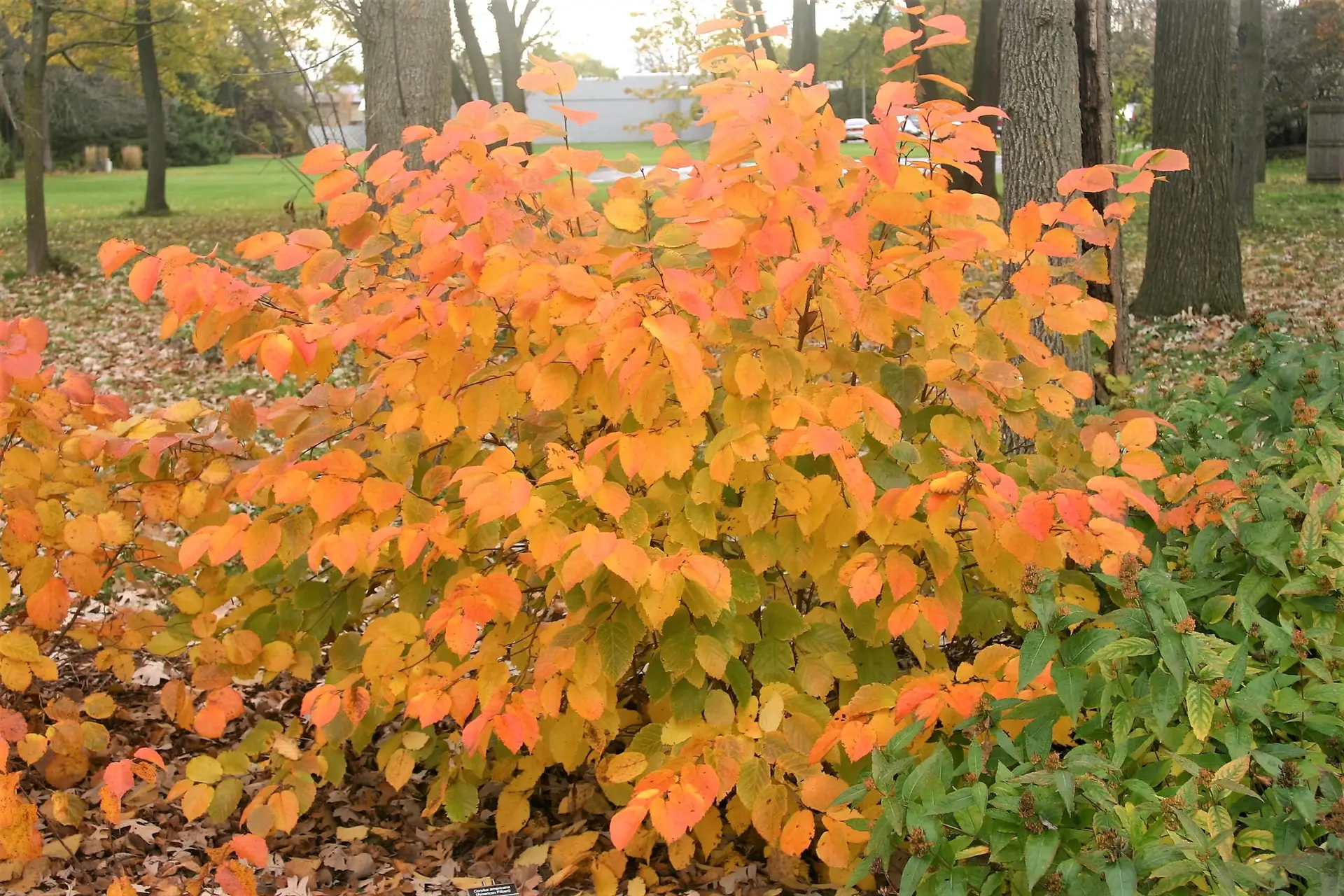
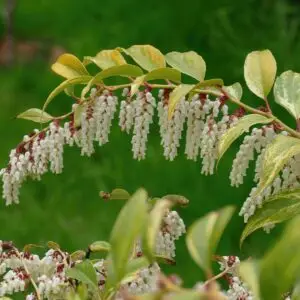
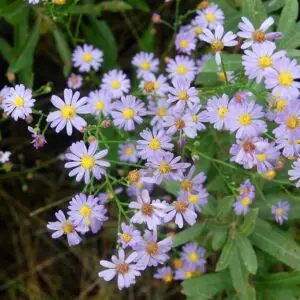
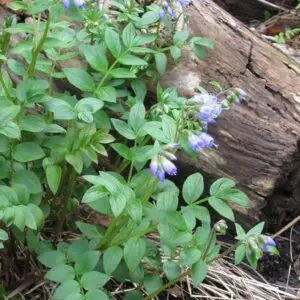
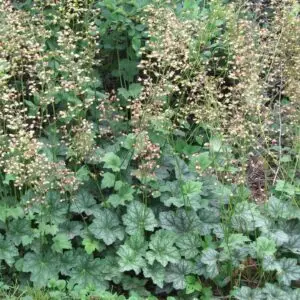
Reviews
There are no reviews yet.